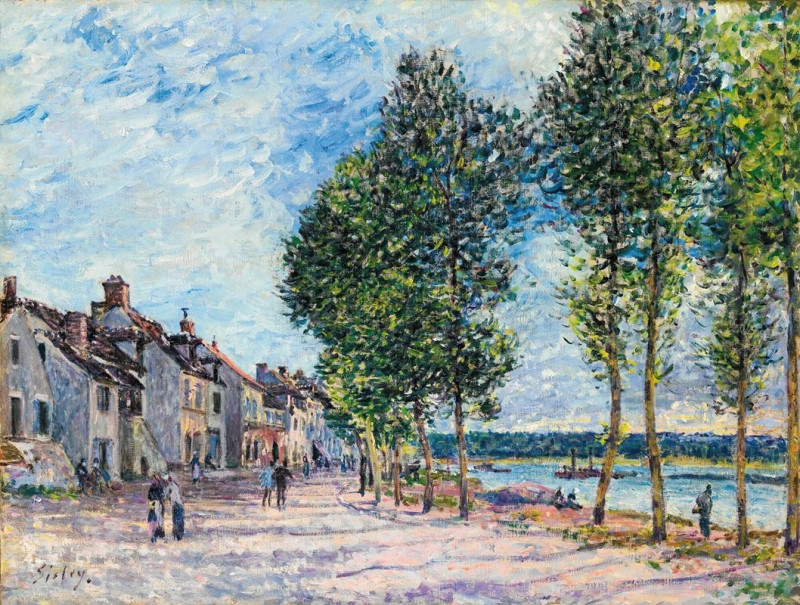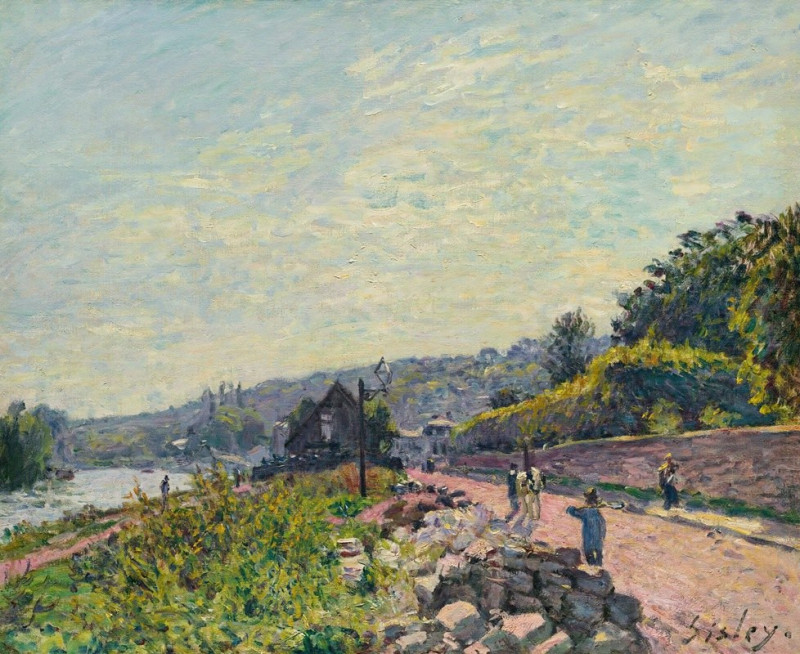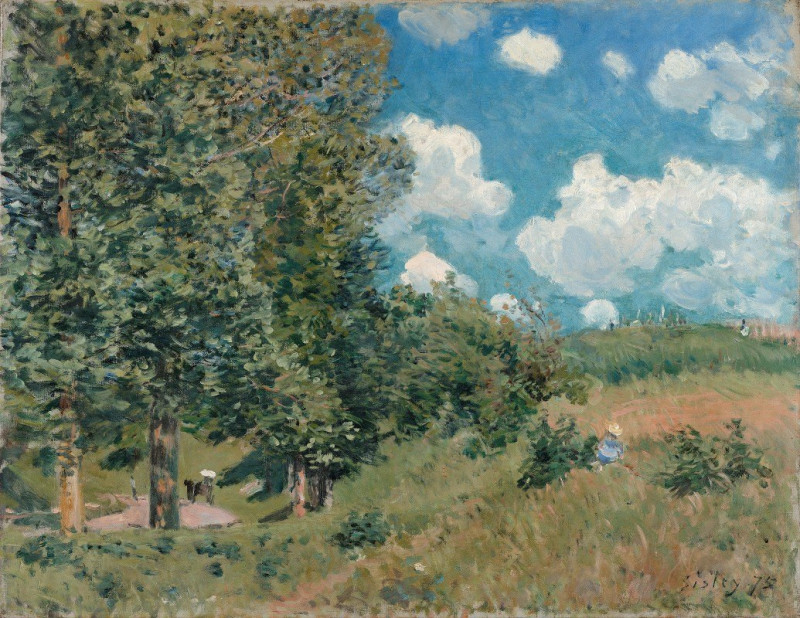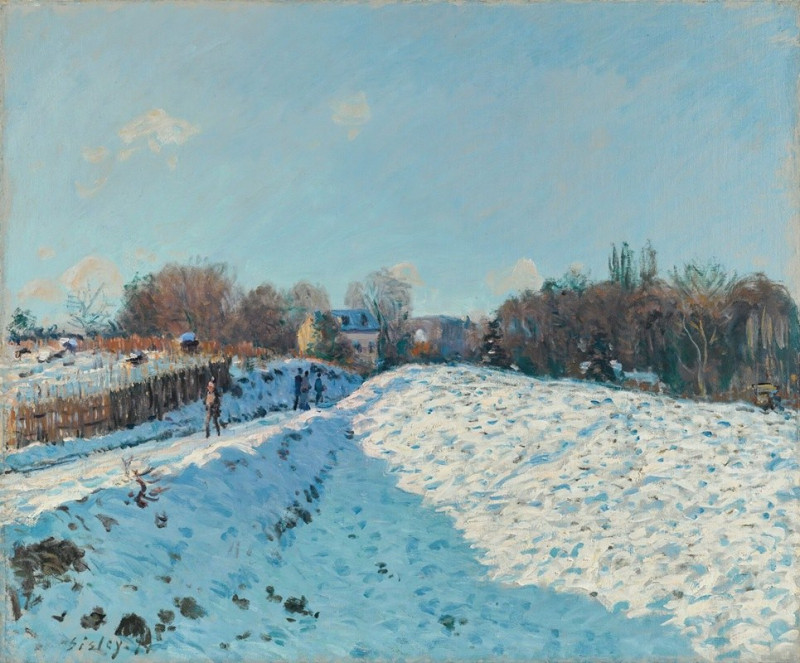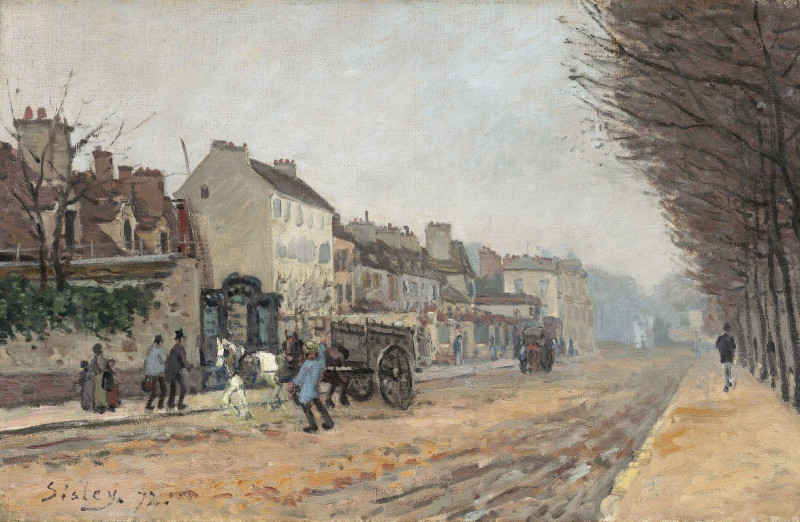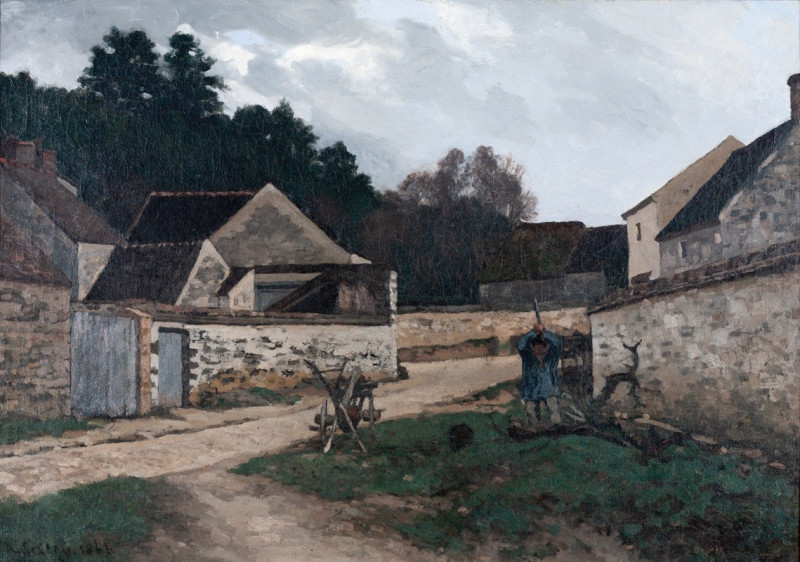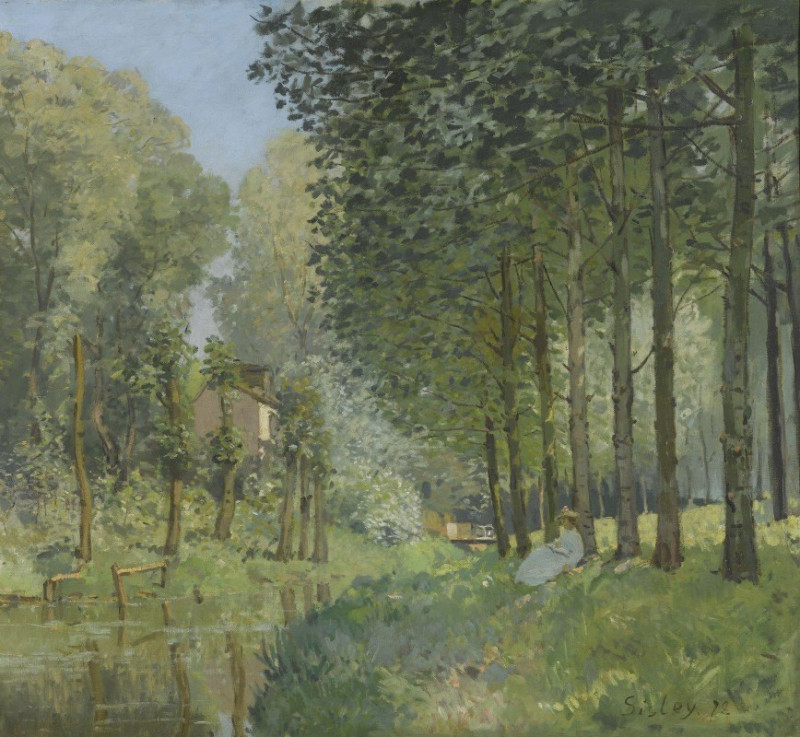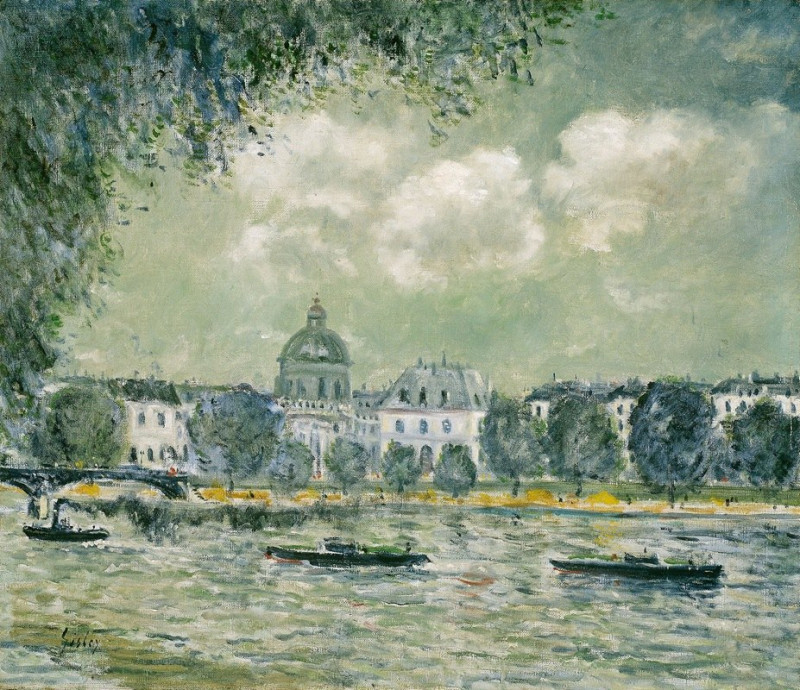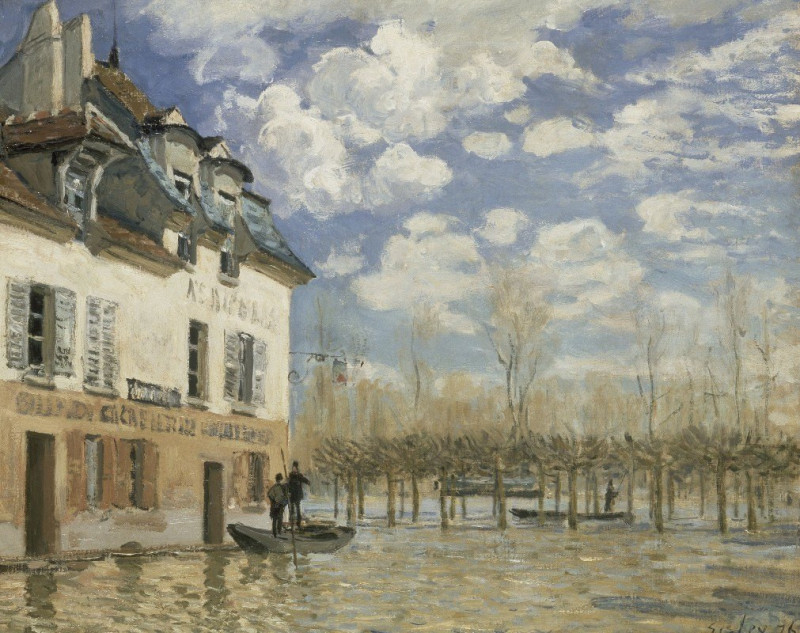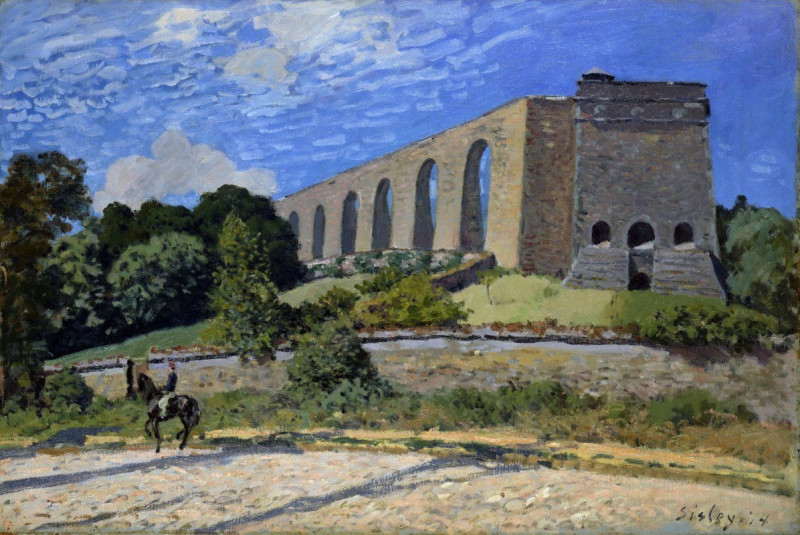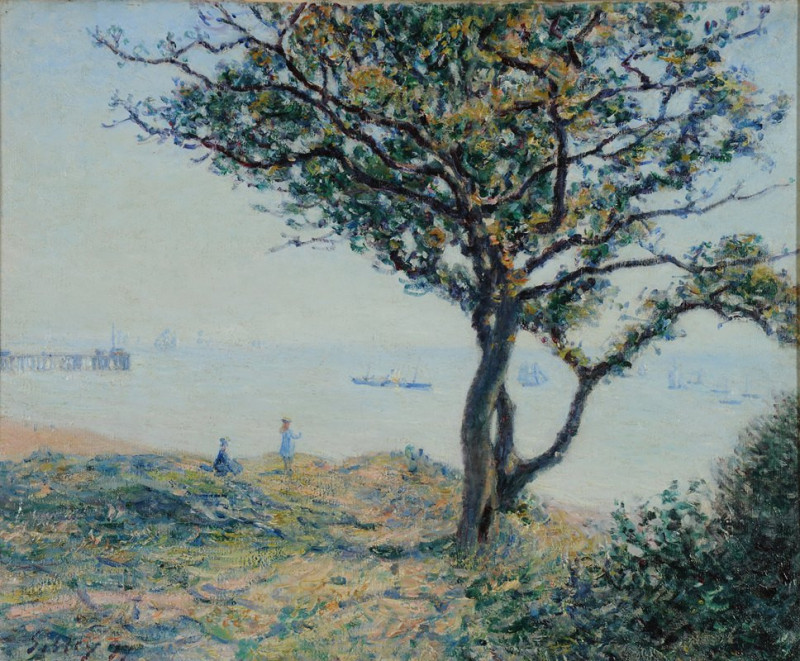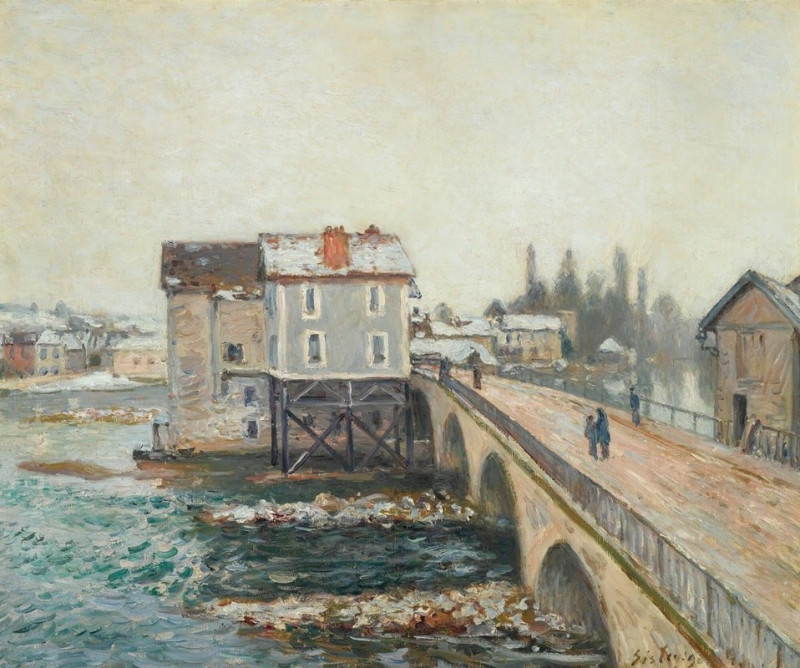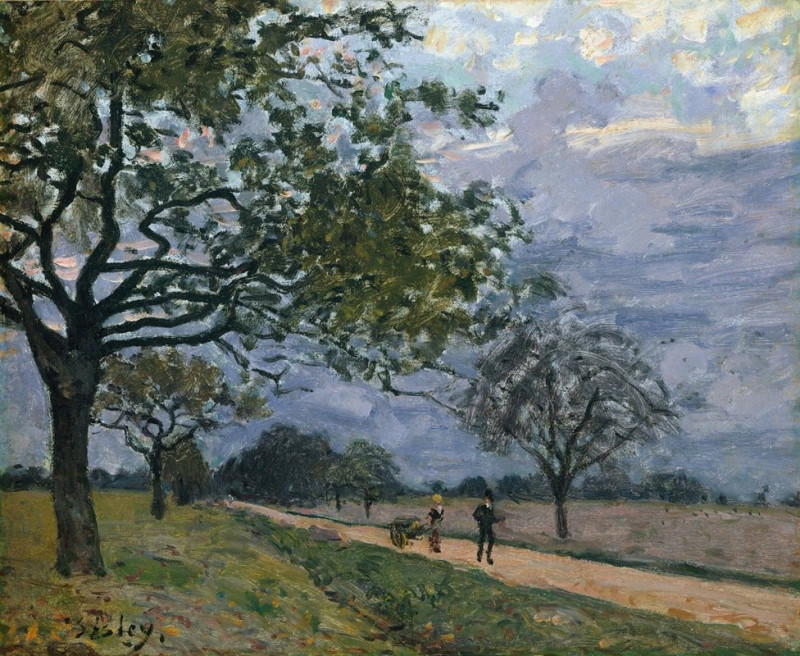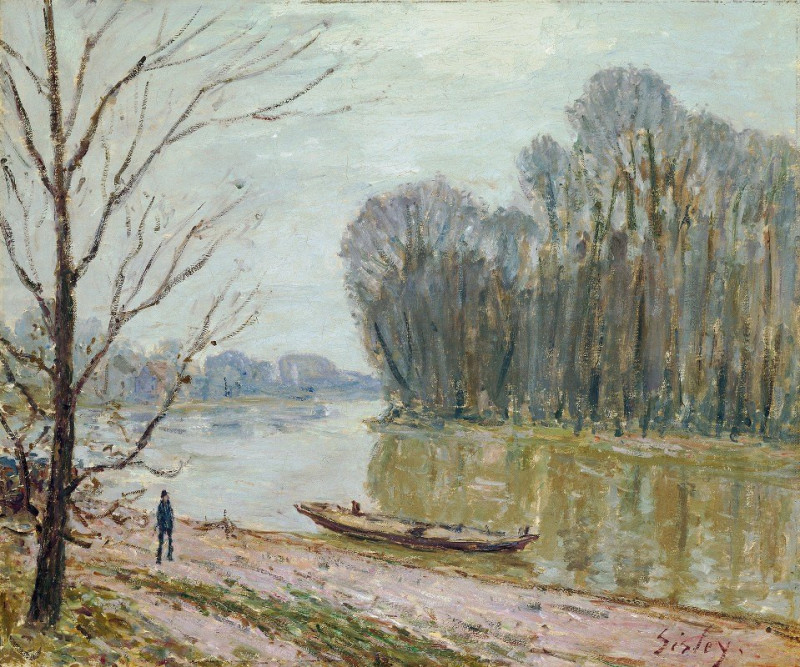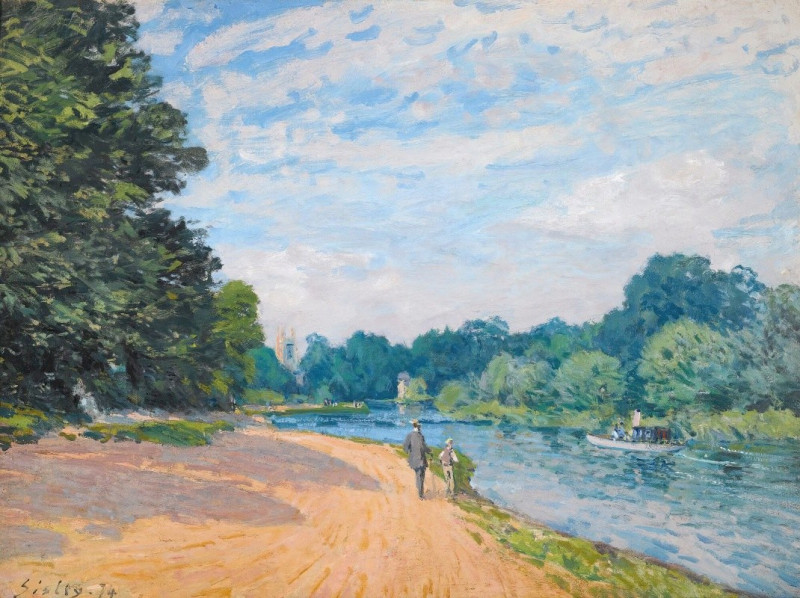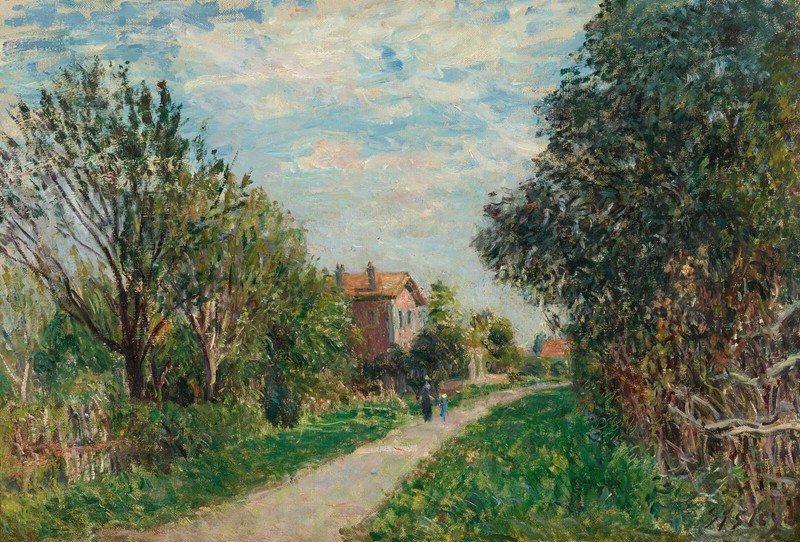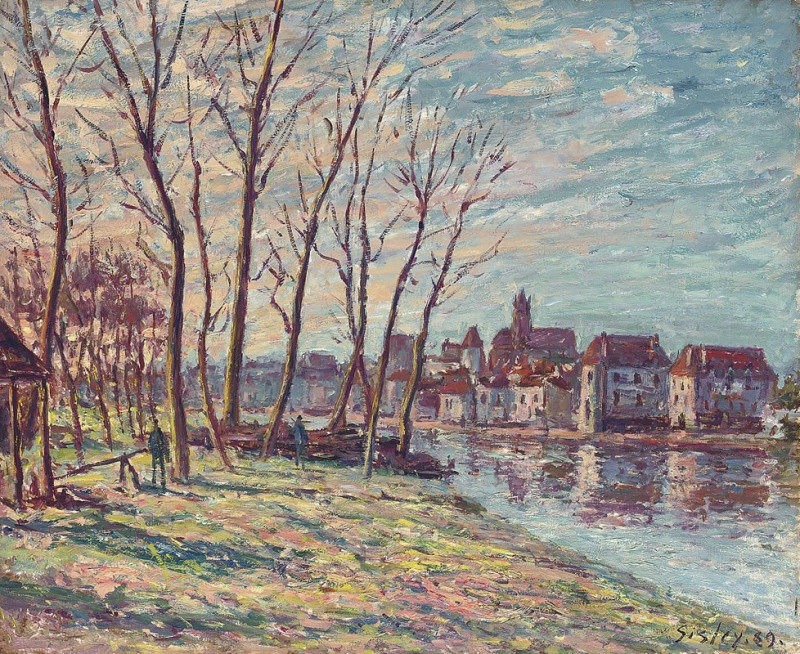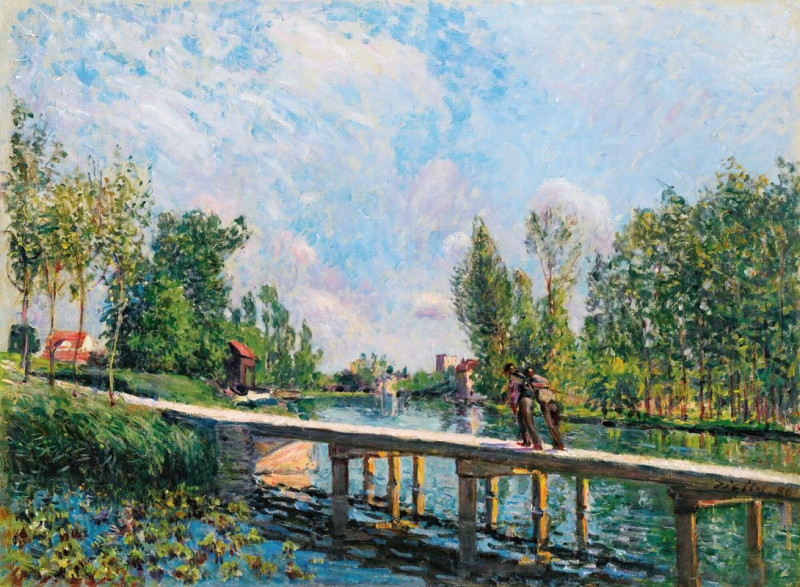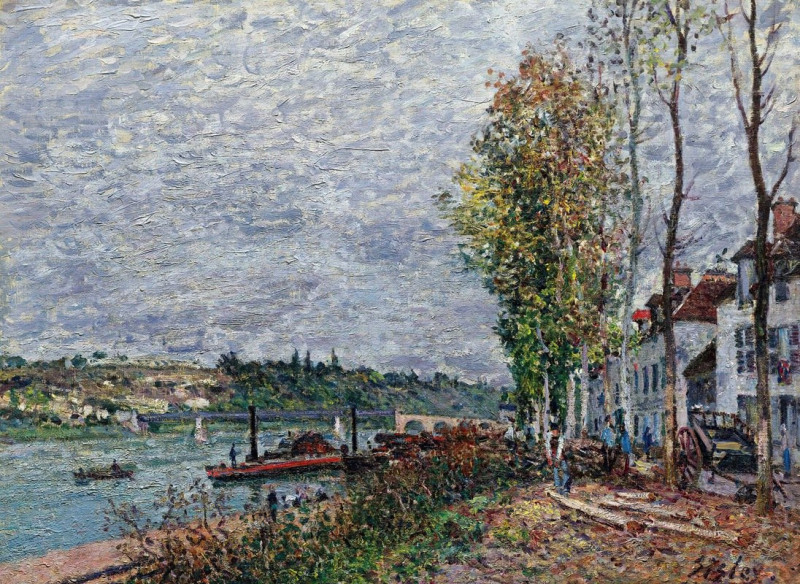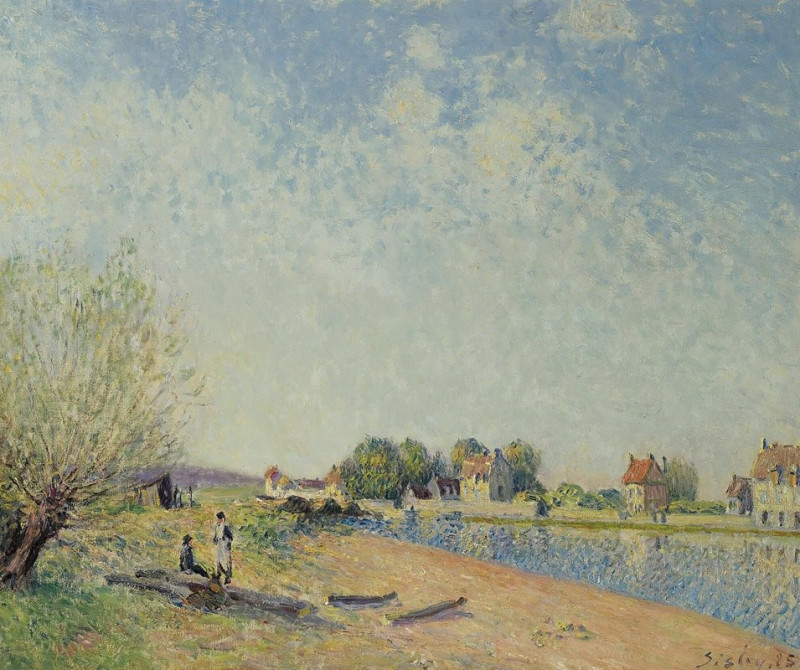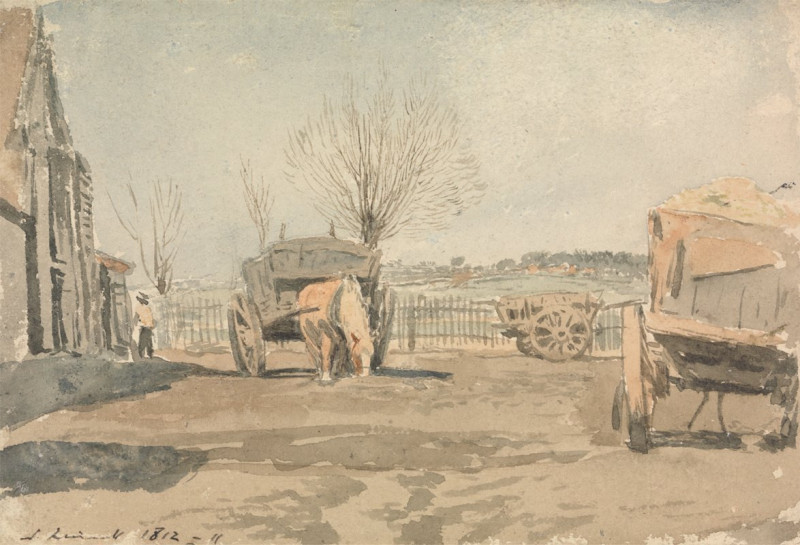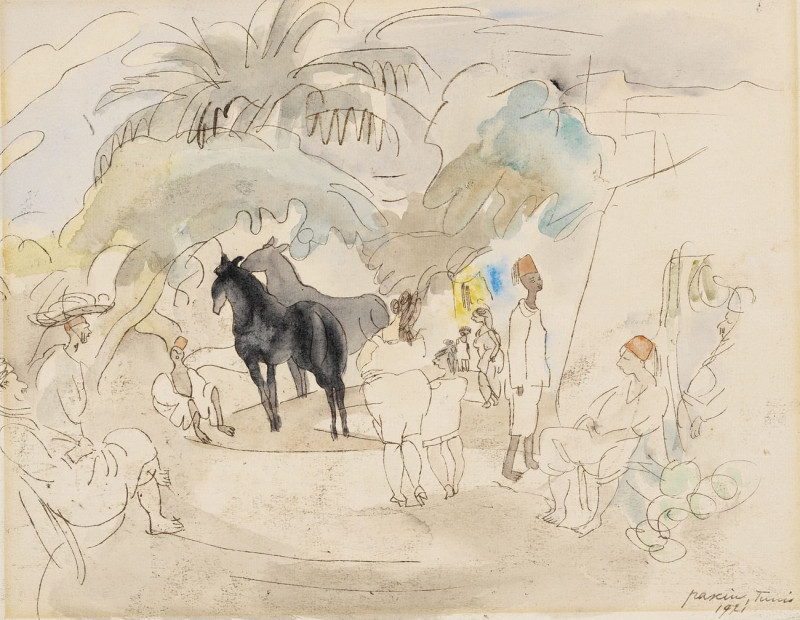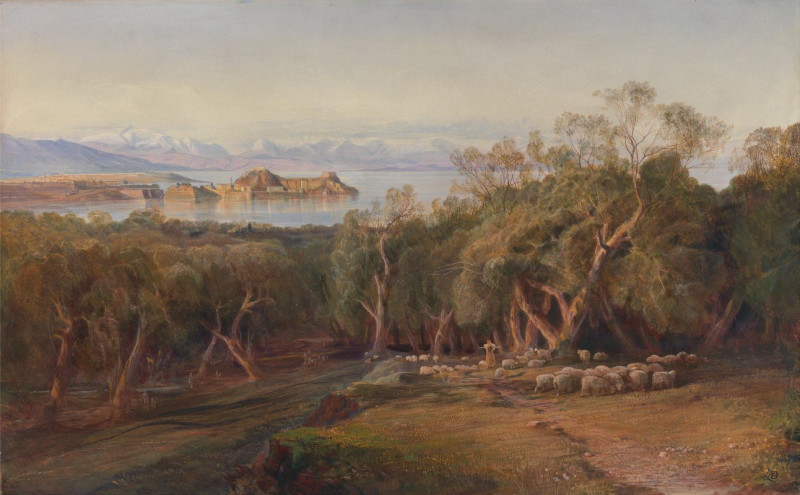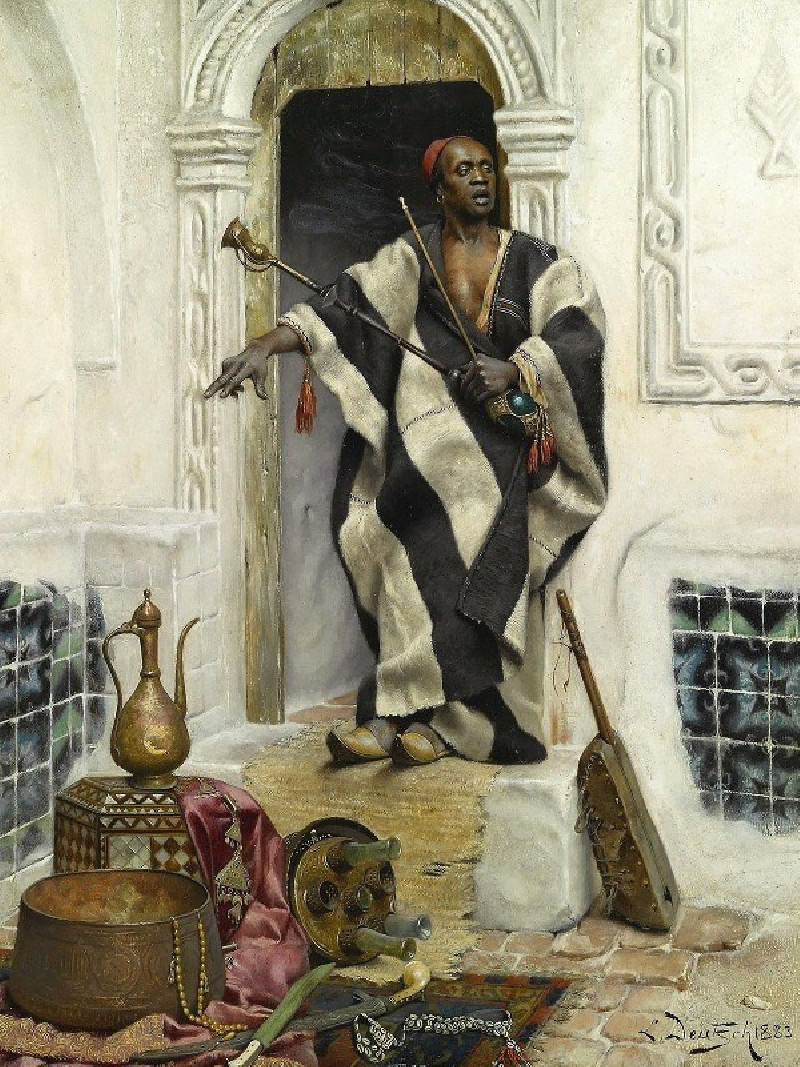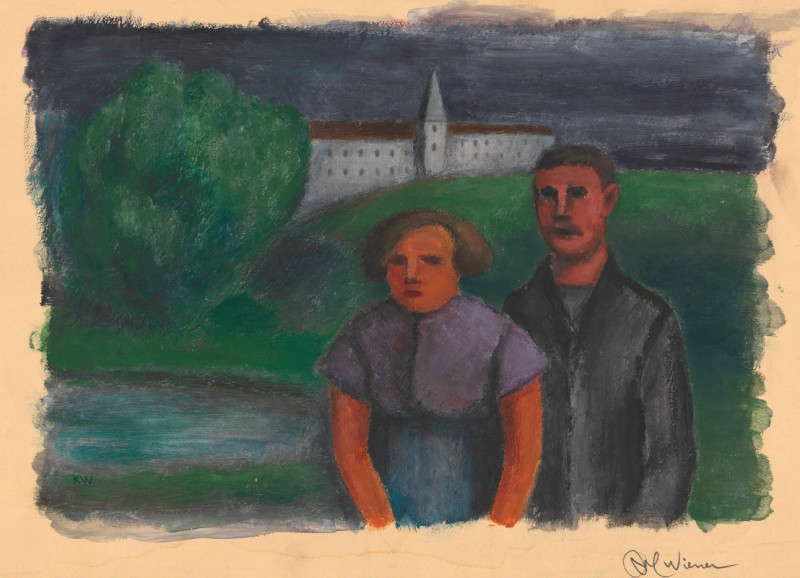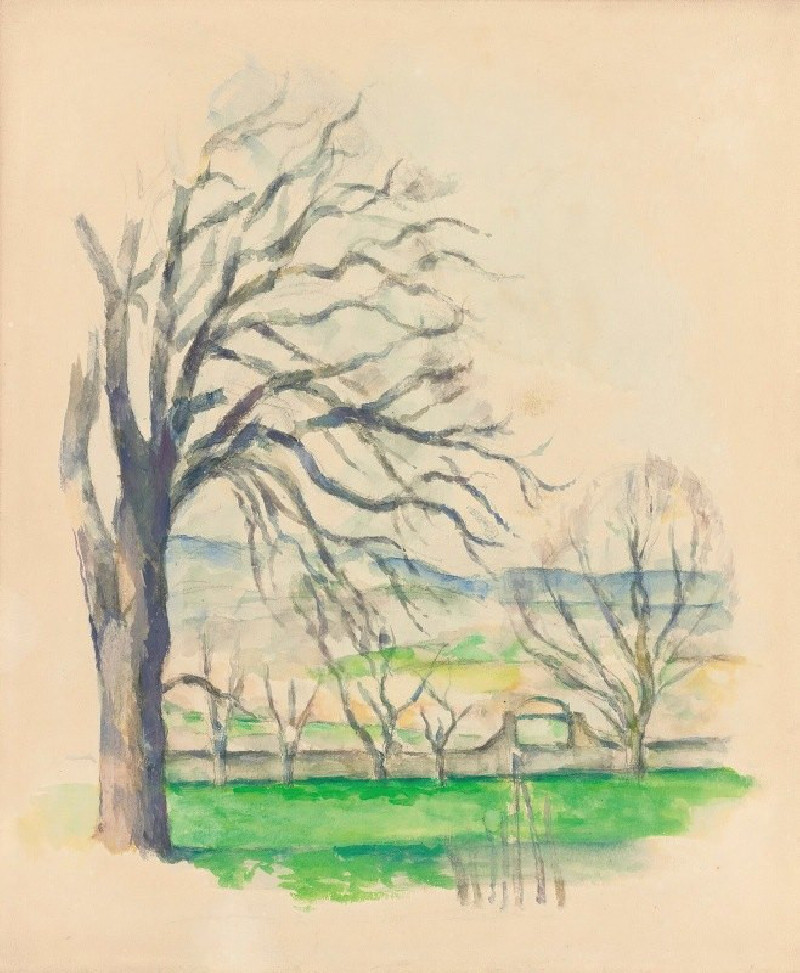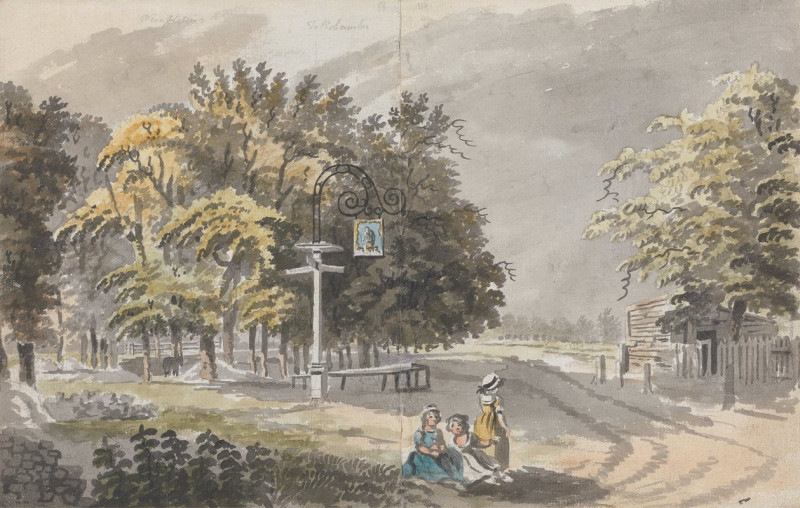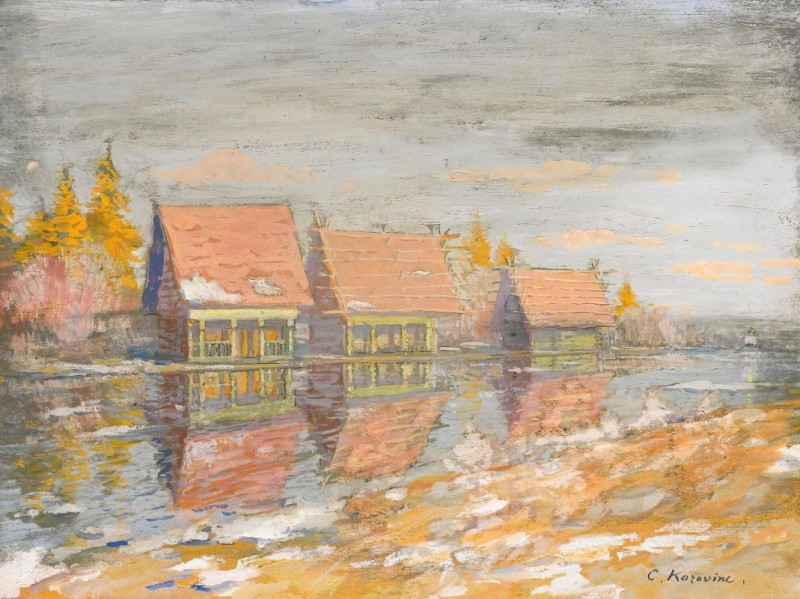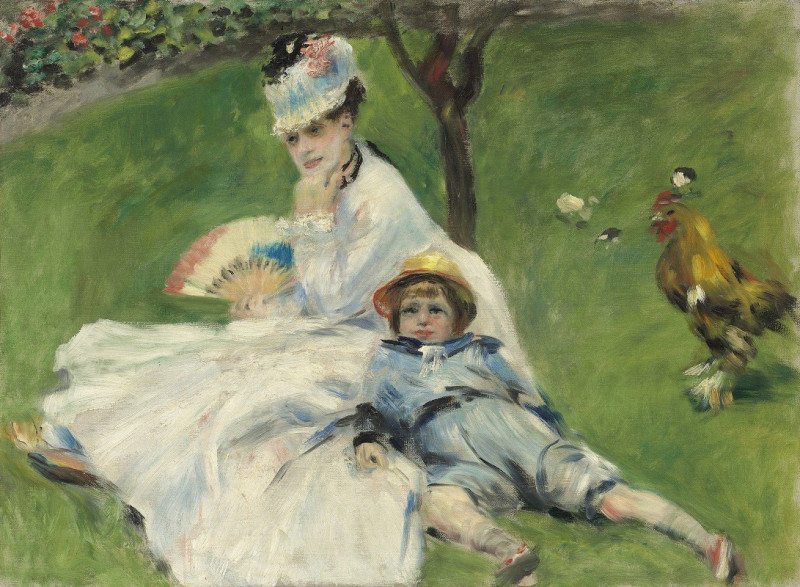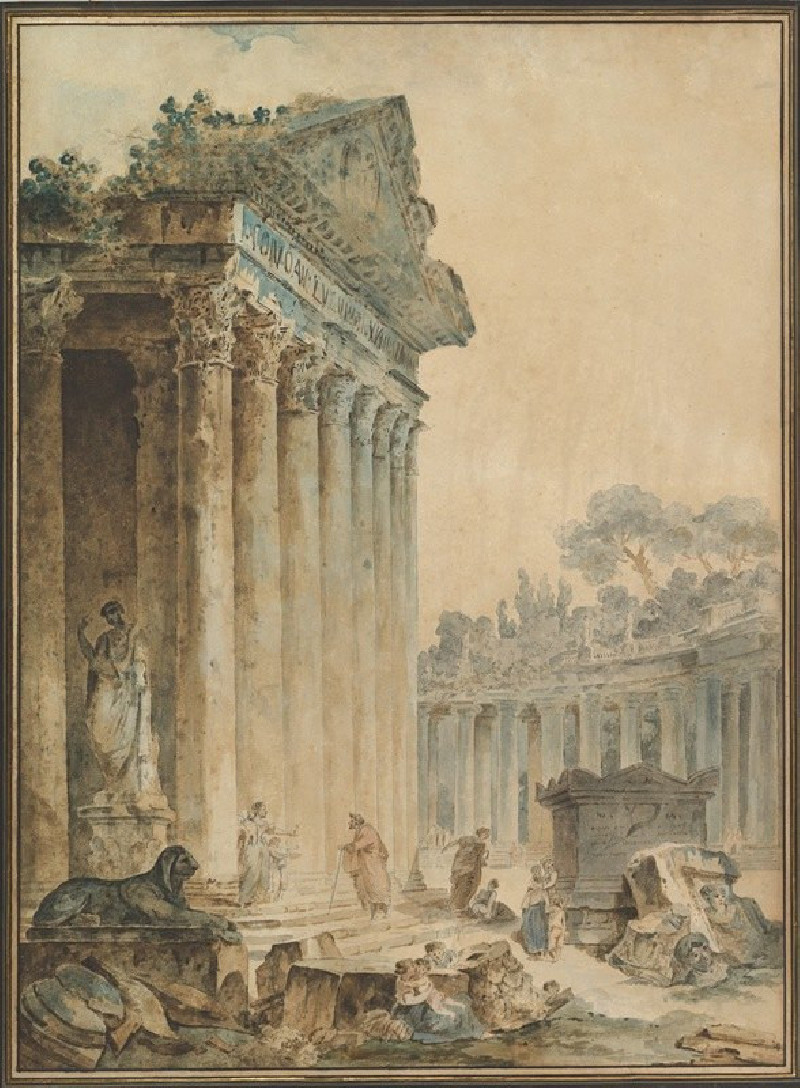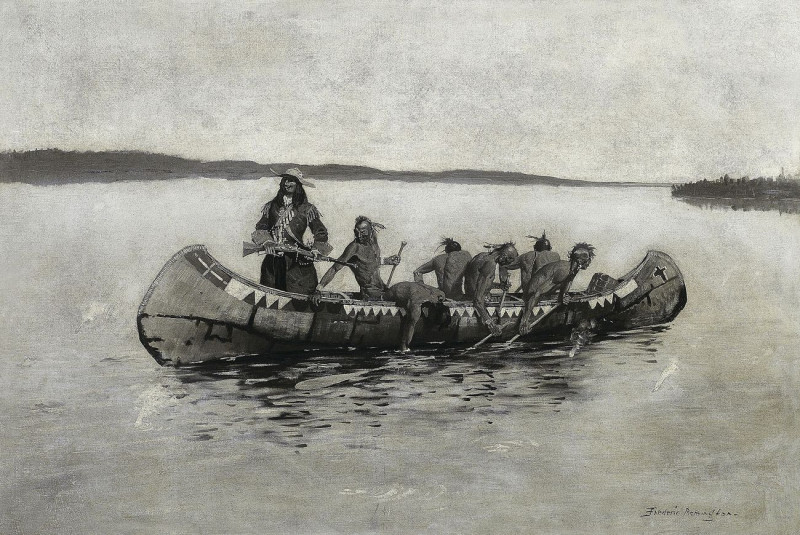La Seine À Bougival (1876-77)
Technique: Giclée quality print
Recommended by our customers
More about this artwork
Alfred Sisley, renowned for his lyrical approach to landscape painting, captures a vibrant scene along the banks of the River Seine in the delightful artwork titled *La Seine À Bougival*. Painted between 1876 and 1877, this piece is a vivid testament to Sisley’s dedication to Impressionism, showcasing his exceptional ability to depict natural light and atmospheric effects.In *La Seine À Bougival*, the viewer’s eye is drawn to a row of quaint houses lining a leisurely promenade. Each house, with its uniquely hued façade, reflects the radiant sunlight, casting subtle shadows that play along the unpaved street. The composition is alive with figures engaged in daily activities, suggesting the gentle rhythm of life in Bougival, a town beloved by many artists of the time for its picturesque charm.Dominating the right-hand side of the canvas are robust, leafy trees, their foliage rendered through a flurry of vibrant brushstrokes in varying shades of green and blue. These trees serve as a natural curtain, partially revealing the glistening Seine River, where boats can be seen gently bobbing on the water's reflective surface. Overhead, the expansive sky is a whirlwind of dynamic blue and white strokes, evoking a breezy, cloud-swept day.Alfred Sisley’s *La Seine À Bougival* not only captures a specific locale with authenticity but also conveys the emotive and transient beauty of nature, making it a masterpiece of Impressionist art.
Delivery
Returns
Alfred Sisley (1839–1899), an English impressionist artist, was renowned for his breathtaking impressionist landscape paintings. Born in 1839 to a wealthy family in Paris, Sisley spent most of his life in France. Despite being intended for a career in commerce, he rebelled and pursued his passion for painting as an amateur in the studio of Charles Gleyre, where he befriended artists Claude Monet and Pierre-Auguste Renoir. The financial loss of his family in the Franco-German War led Sisley to make a career out of his art, though it left him financially distressed. It wasn't until after his passing in 1899 that the true value of his work was recognized.

